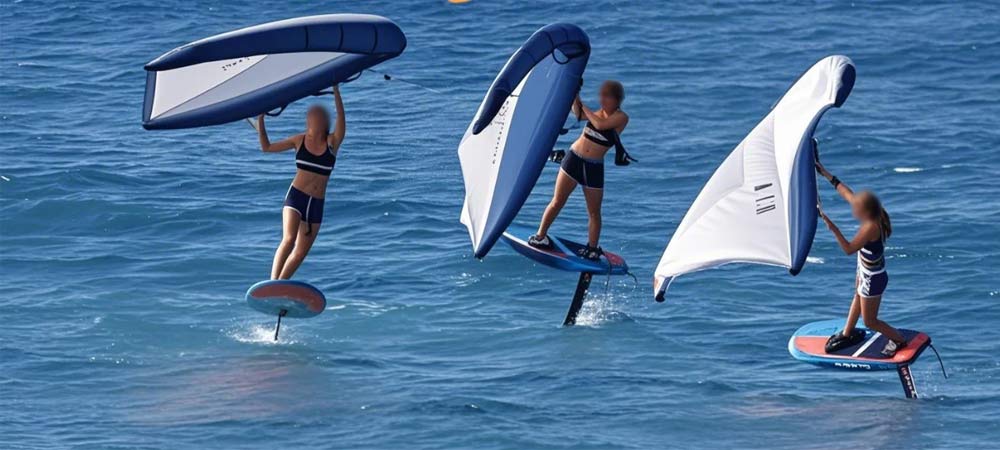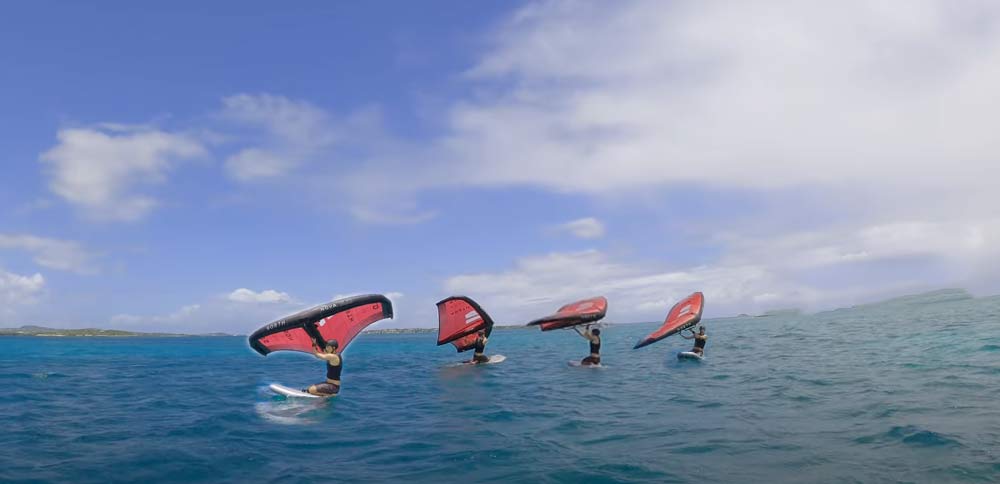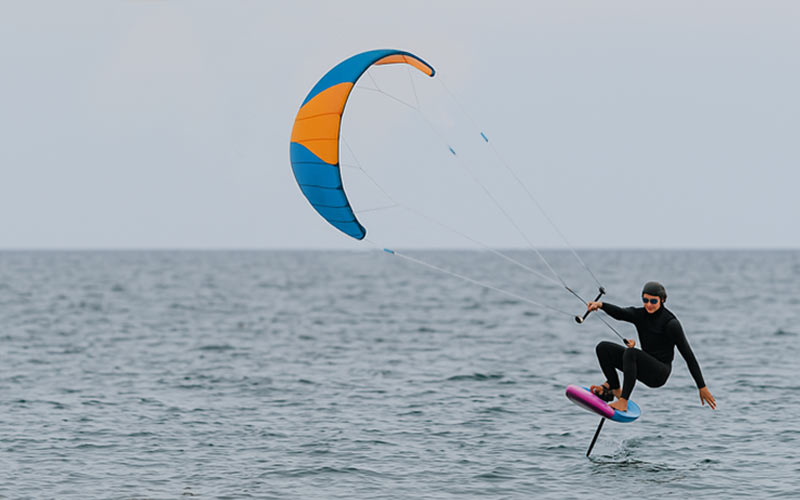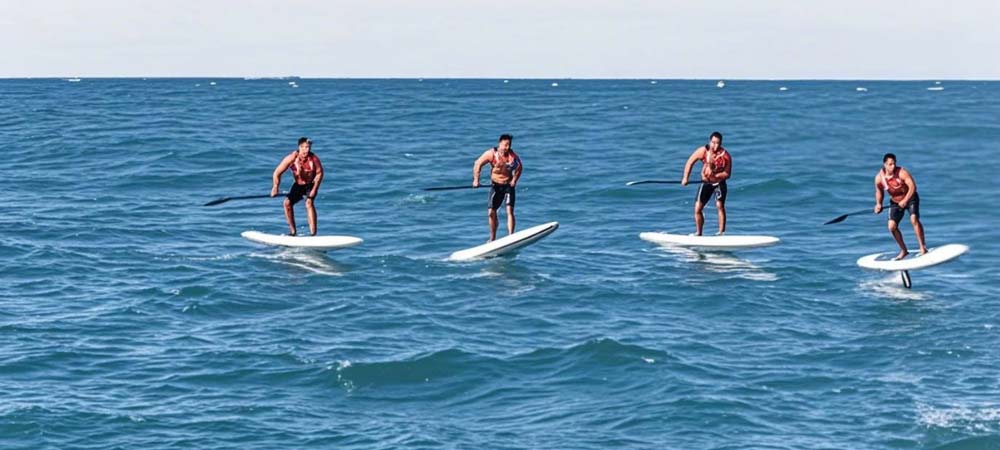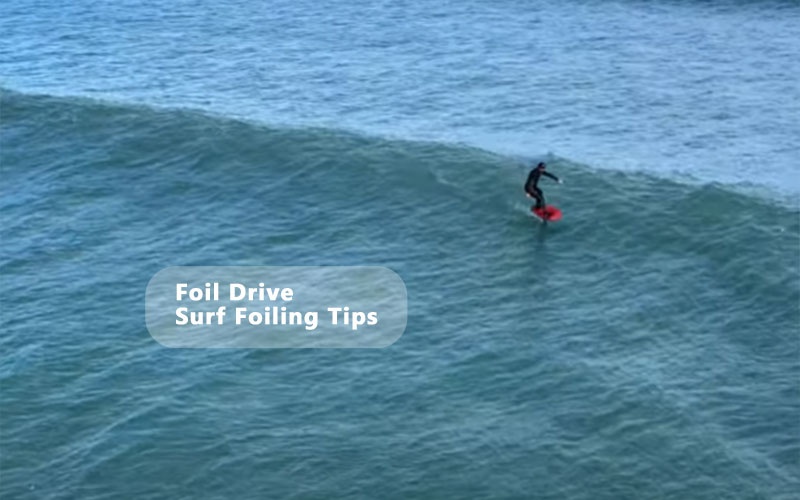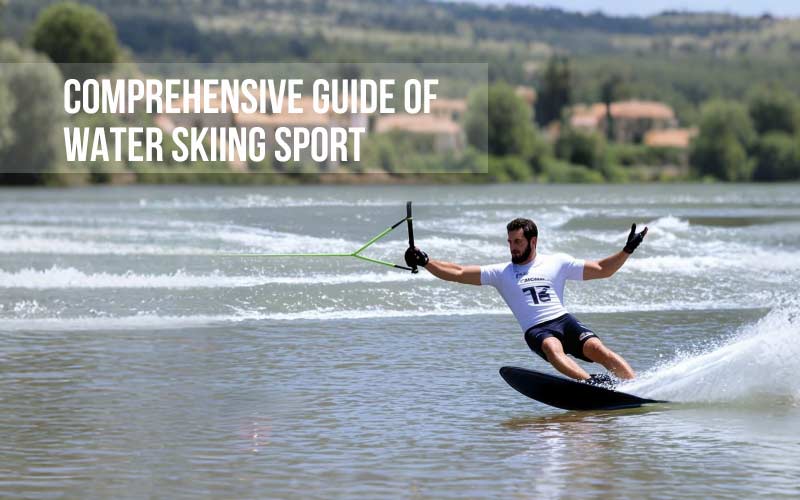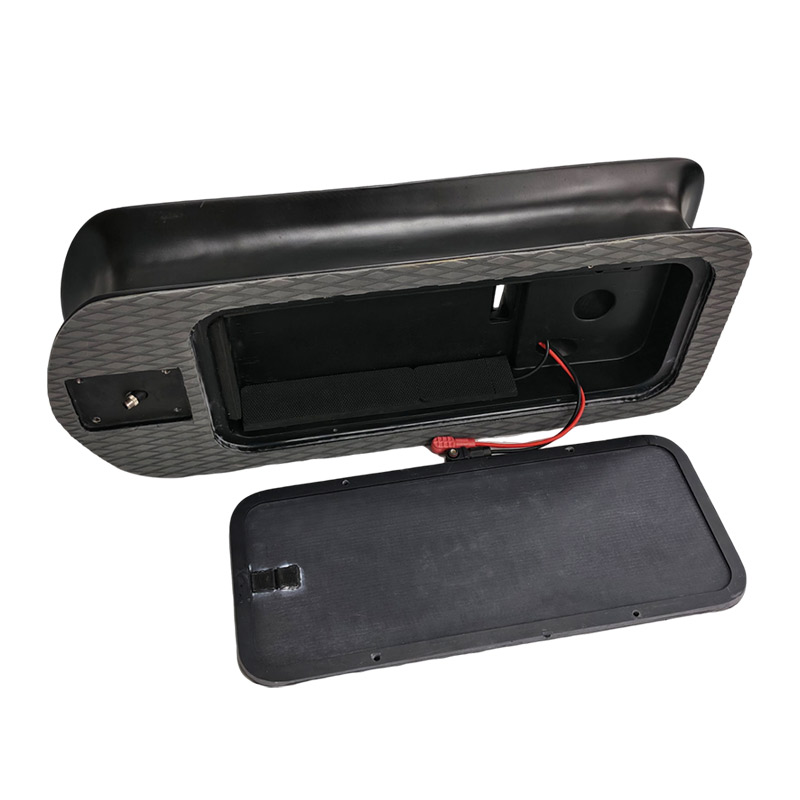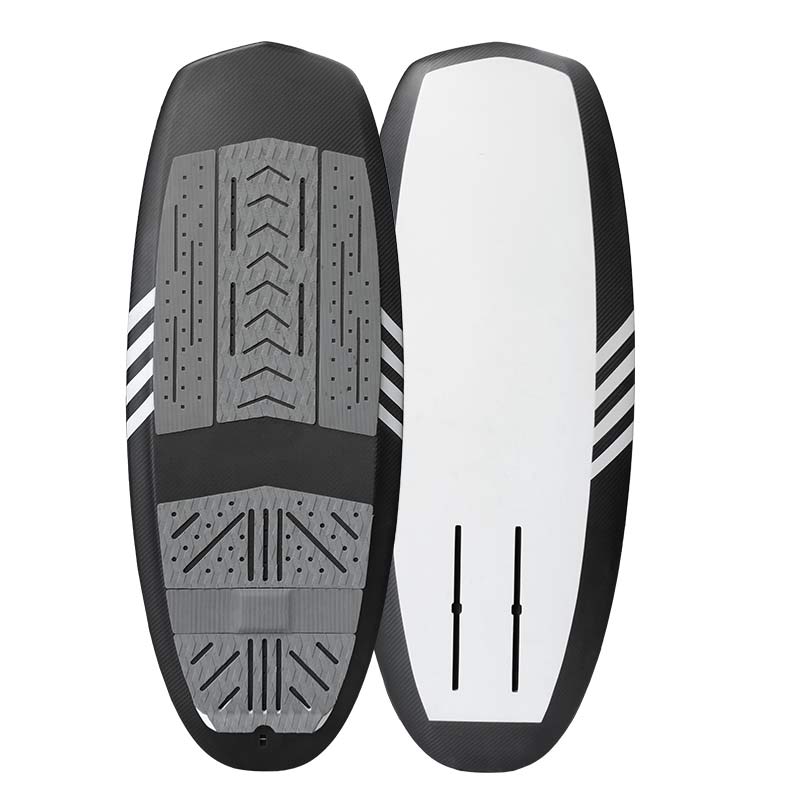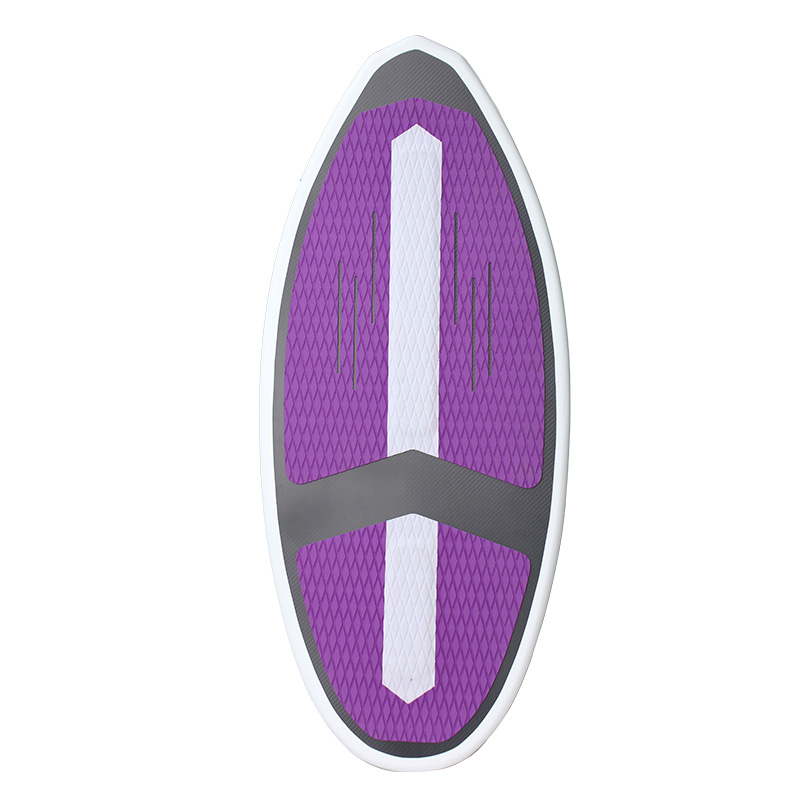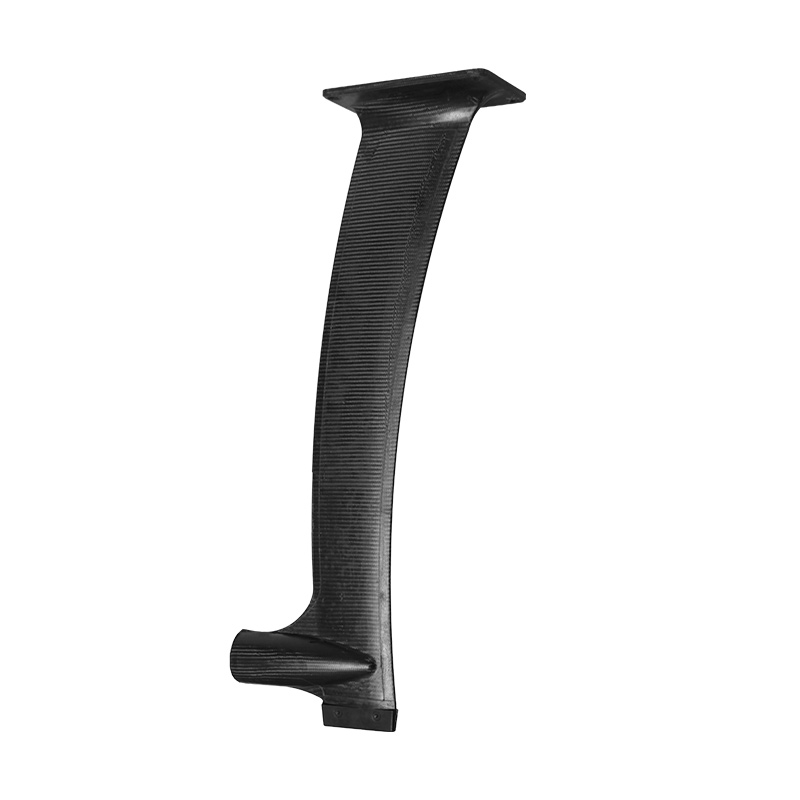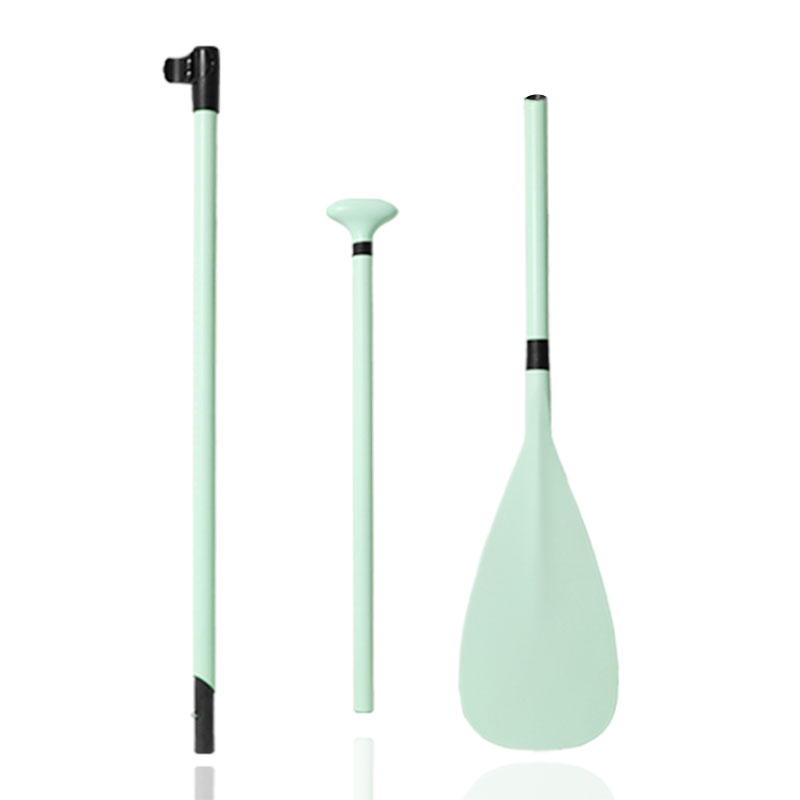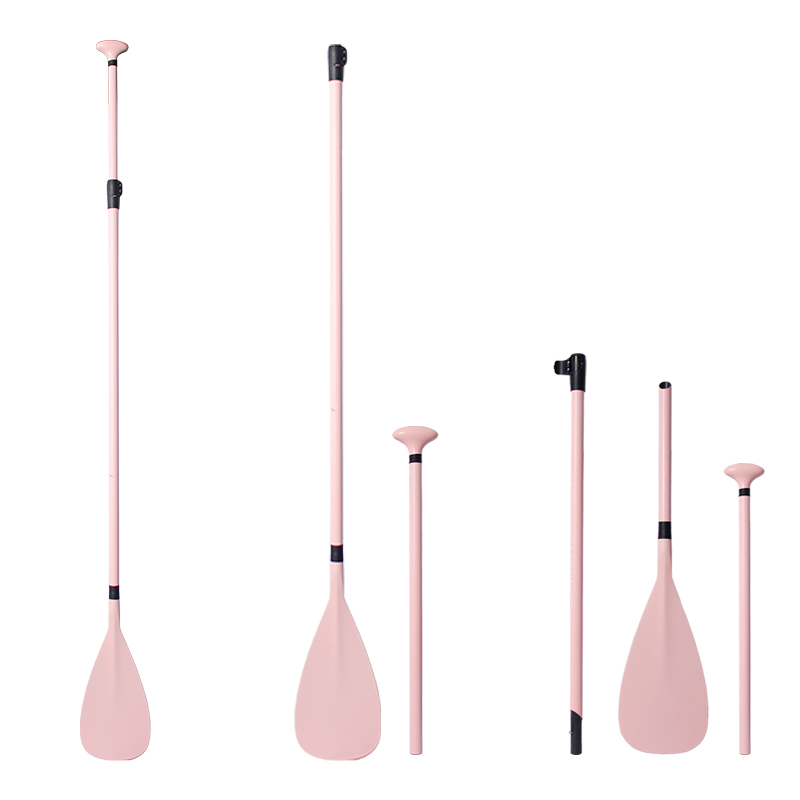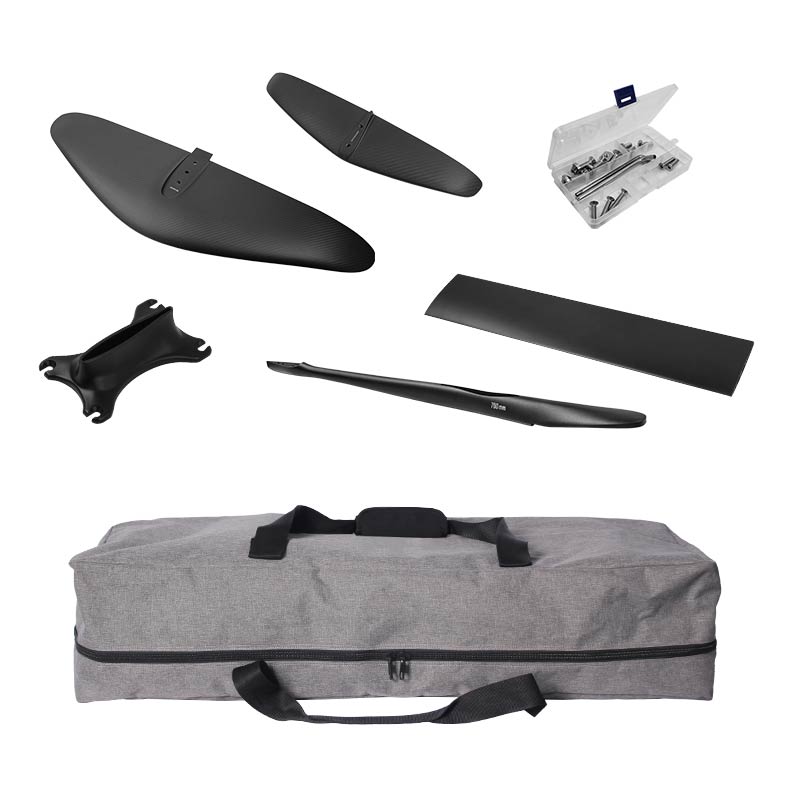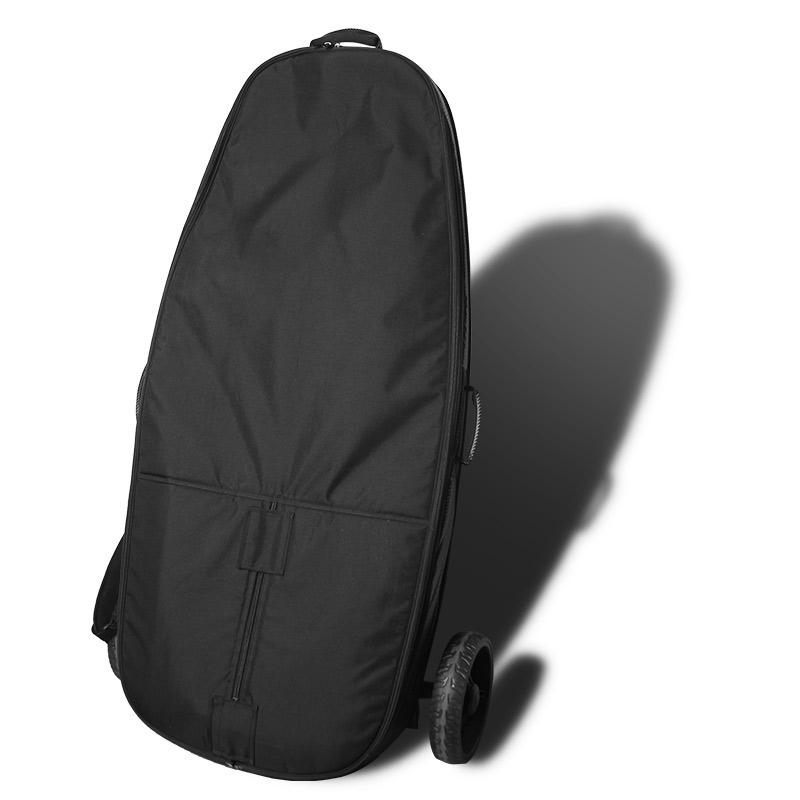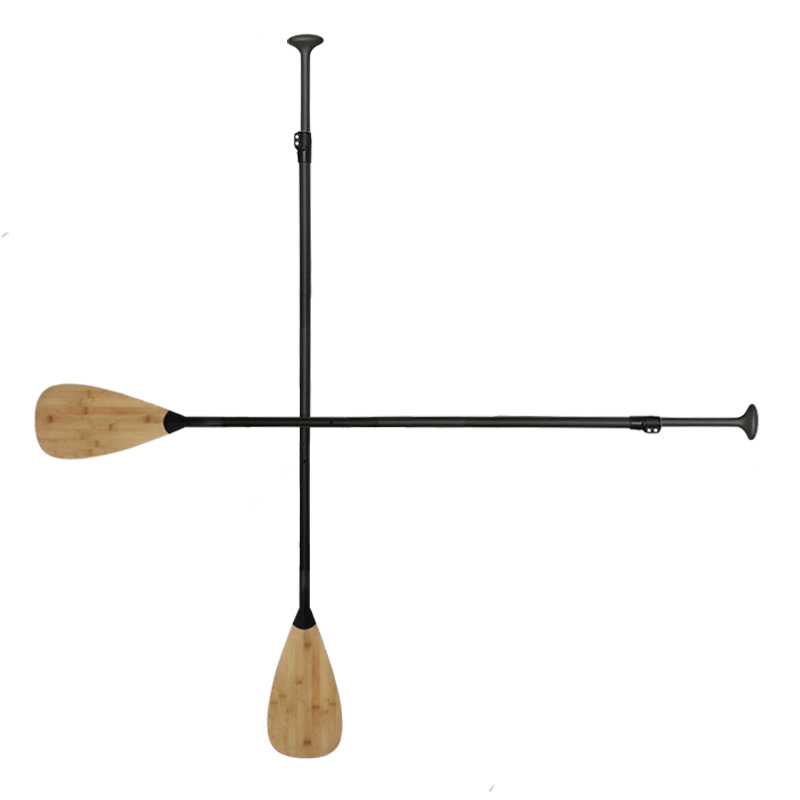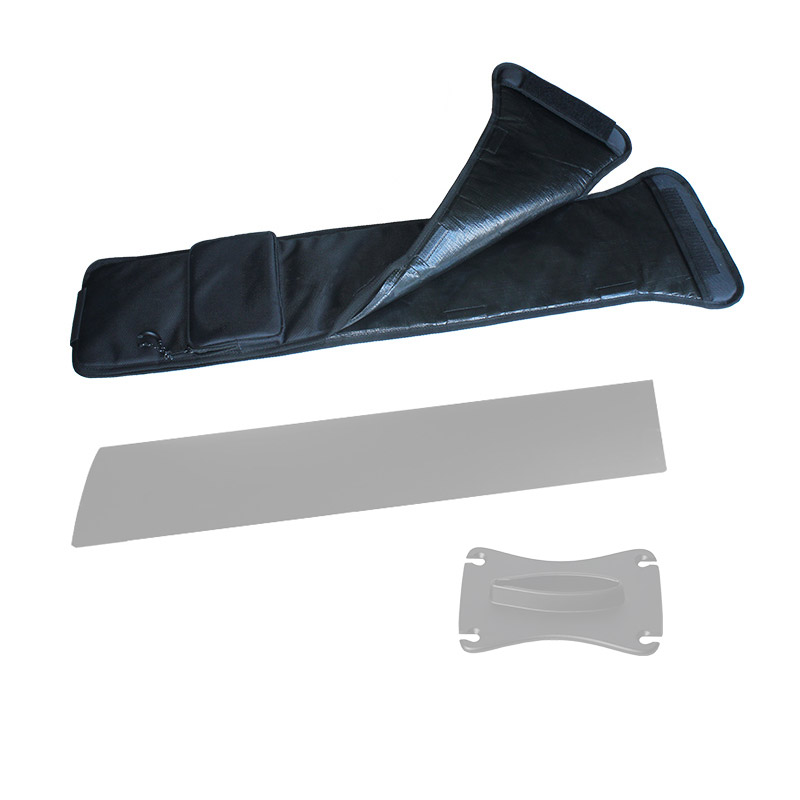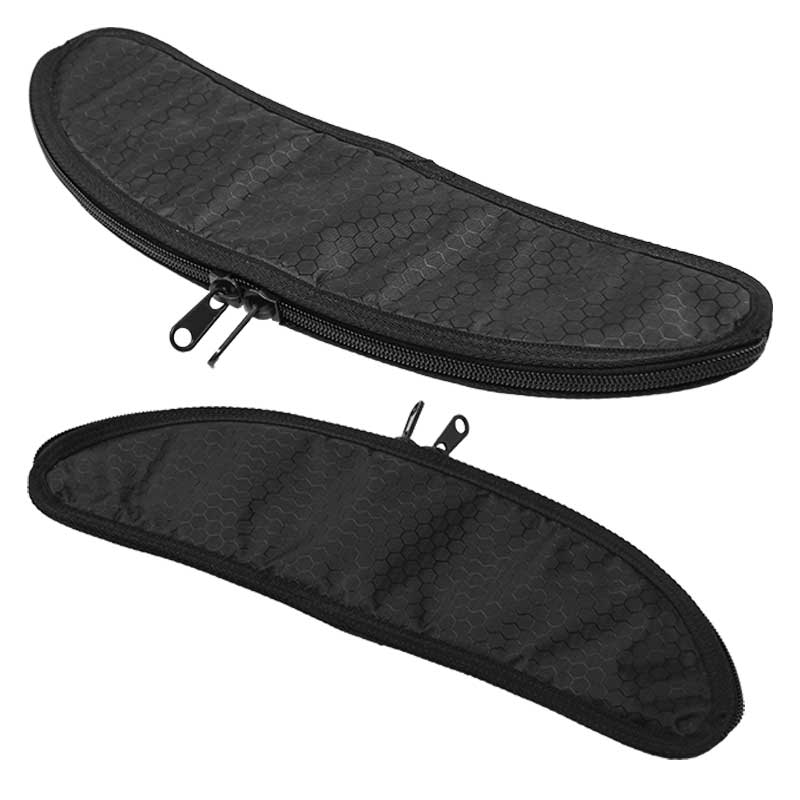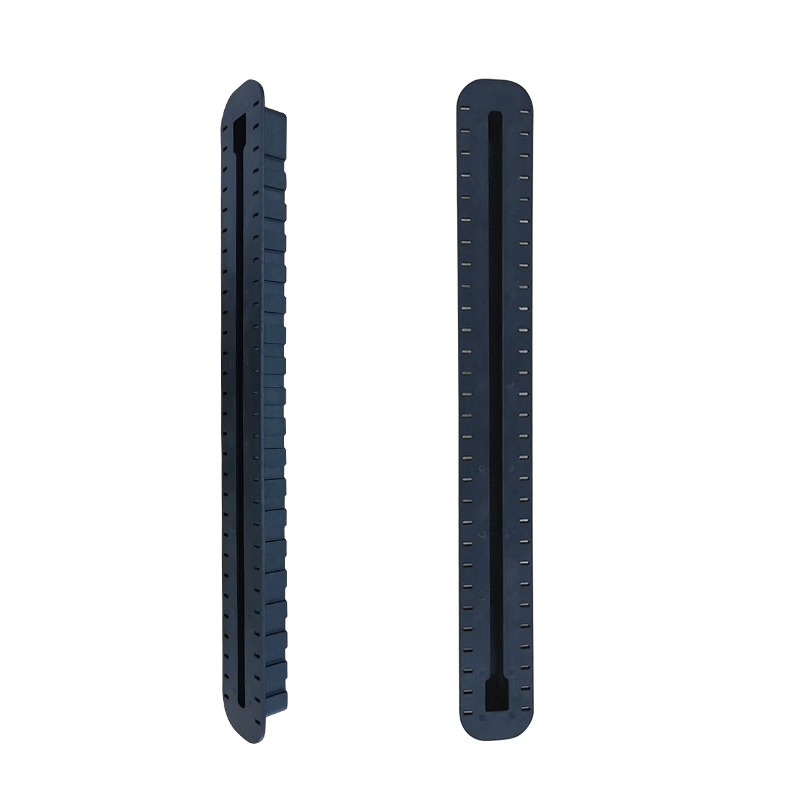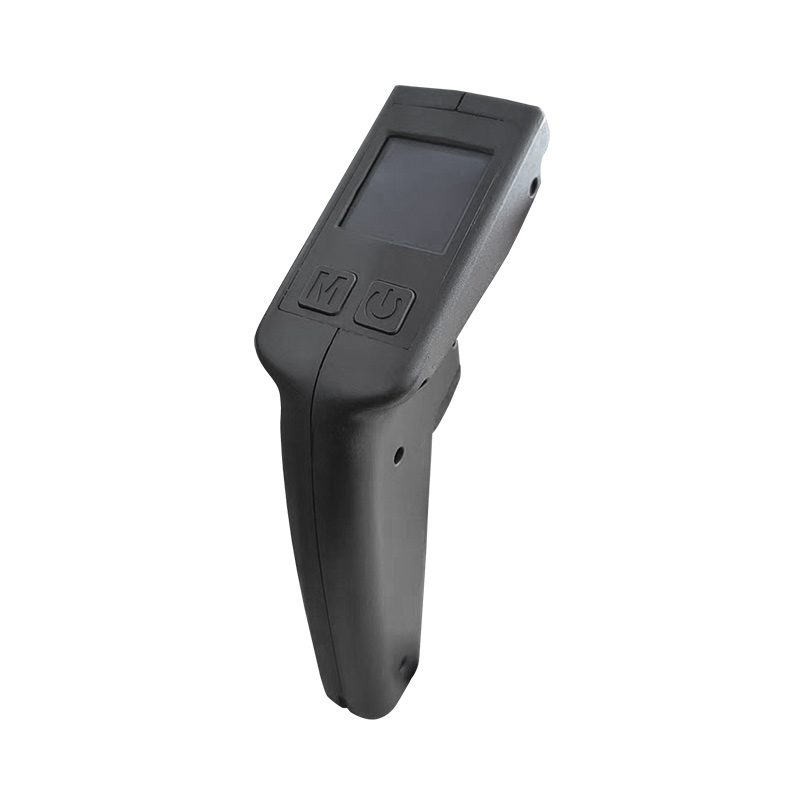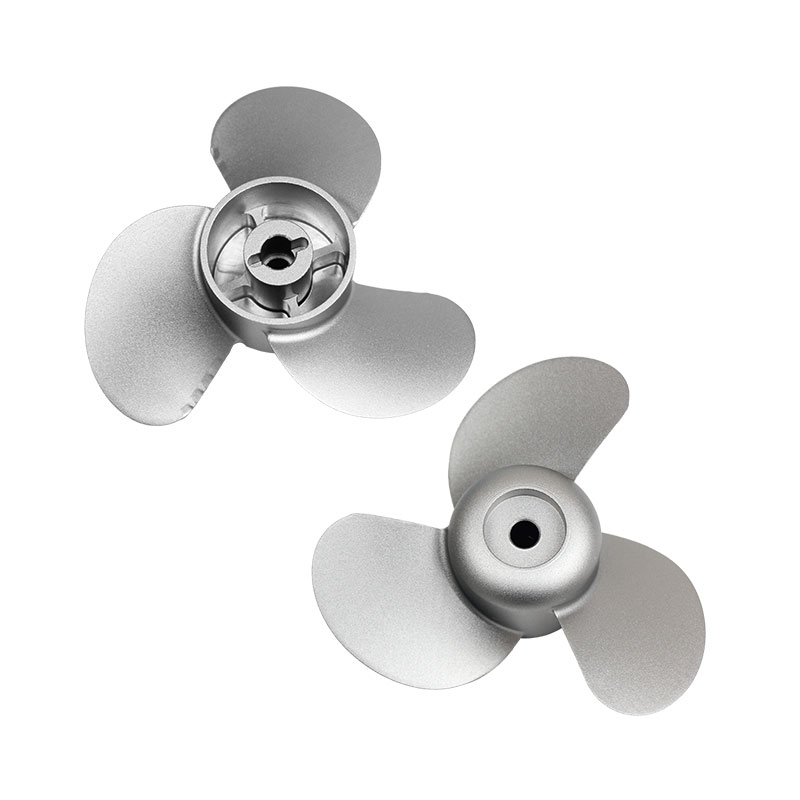If you’re diving into the exhilarating world of wing foiling, mastering the foiling jibe is a game-changer. This essential downwind turn keeps your foil above the water, ensuring a seamless ride without the hassle of crashing and restarting. Whether you’re a beginner looking to level up or an intermediate foiler refining your skills, this comprehensive guide will walk you through everything you need to know about the foiling jibe. From technique breakdowns to gear tips and common mistakes to avoid, we’ve got you covered. Let’s get you carving those smooth turns like a pro!
What Is a Foiling Jibe and Why It Matters
Before we jump into the how-to, let’s define the foiling jibe. In wing foiling, a jibe is a downwind turn where you switch the direction of your board and wing while maintaining speed and control. Unlike a tack (an upwind turn), the foiling jibe happens with the wind at your back, making it faster and more dynamic. When executed correctly, your foil stays lifted above the water, avoiding the dreaded drop-and-restart scenario.
Why is mastering the foiling jibe so crucial?
- Efficiency: No more stopping and water-starting every time you want to change direction.
- Flow: It keeps your session smooth and continuous, boosting your confidence.
- Progression: It’s a foundational skill for advanced maneuvers and wave riding.
Ready to nail it? Follow these steps, tips, and tricks to make the foiling jibe your go-to move.
Step-by-Step Guide to Performing a Foiling Jibe
Perfecting the foiling jibe requires coordination between your body, wing, and foil. Break it down into manageable steps, and practice each one until it feels second nature.
1. Set Up for Success
- Check Your Speed: Ensure you’re moving fast enough to keep the foil lifted. Too slow, and you’ll sink; too fast, and you might lose control. Aim for a steady, moderate pace.
- Position Downwind: Start by steering your board slightly downwind. This aligns you with the wind direction, setting the stage for a smooth turn.
- Relax Your Stance: Keep your knees bent, shoulders loose, and weight centered over the board. Tension is your enemy here.
2. Initiate the Turn
- Shift Your Weight: Lean slightly into the turn by pressing your heels (if turning left) or toes (if turning right) into the board. This carves the foil through the water.
- Look Where You Want to Go: Your head leads the way. Turn your gaze in the direction of the jibe to guide your body naturally.
- Angle the Wing: Tilt your wing upward slightly to maintain lift, preparing to switch hands.
3. Execute the Wing Switch
- Release the Front Hand: Let go of the leading handle and move it toward the back of the wing as you begin to rotate.
- Swing the Wing: Bring the wing overhead in a smooth arc, keeping it inflated with wind. Avoid letting it dip too low, or it might catch the water.
- Grab with the Other Hand: Secure the new leading handle with your opposite hand as the wing settles into its new position.
4. Adjust Your Feet
- Switch Stance: Depending on your setup (goofy or regular), slide your feet into the new position. For a basic jibe, move your back foot forward and your front foot back in one fluid motion.
- Stay Low: Keep your center of gravity low to maintain balance as the board turns.
5. Complete the Jibe
- Power Up the Wing: Once the wing is in place, sheet in (pull it toward you) to regain speed and lift.
- Straighten Out: Gradually bring the board back to a stable riding angle, resuming your downwind course in the new direction.
- Smile: You’ve just nailed a foiling jibe—enjoy the ride!
Essential Gear Tips for a Successful Foiling Jibe
Your equipment plays a massive role in executing a clean foiling jibe. Here’s how to optimize your setup:
Wing Size
- Match the Wind: In light winds (10-15 knots), a larger wing (5-6 square meters) provides the power you need. In stronger winds (20+ knots), switch to a smaller wing (3.5-4.2 square meters) for better control.
- Why It Matters: An oversized wing in gusty conditions can pull you off balance during the jibe, while an undersized one might stall.
Foil Size
- Front Wing: A medium-sized front wing (1000-1500 cm²) offers a balance of lift and maneuverability, ideal for learning the foiling jibe. Larger wings (1500+ cm²) lift too easily, making turns tricky, while smaller ones (below 1000 cm²) demand higher speeds.
- Mast Length: Opt for a longer mast (85-95 cm) if you’re foiling in choppy waves. It gives you more clearance to avoid crashing into the water mid-turn.
Board Selection
- Stability First: Beginners should use a wider, more stable board (80-100 liters) to focus on technique without worrying about balance.
- Advanced Option: As you progress, a narrower board (50-70 liters) enhances agility for sharper jibes.
Pro Tip: Test Your Setup
Before hitting the water, experiment with different combinations of wing and foil sizes in controlled conditions. A well-tuned setup can make or break your foiling jibe success.
Common Mistakes and How to Fix Them
Even with the best intentions, things can go wrong during a foiling jibe. Here’s how to troubleshoot the most frequent pitfalls:
1. Dropping the Foil into the Water
- Cause: Slowing down too much or carving too aggressively.
- Fix: Maintain consistent speed by pumping the wing gently before and during the turn. Ease into the carve rather than forcing a tight radius.
2. Wing Dipping into the Water
- Cause: Lowering the wing too far during the switch.
- Fix: Practice swinging the wing overhead in a high arc. On land, rehearse the motion to build muscle memory.
3. Losing Balance
- Cause: Standing too upright or not switching feet smoothly.
- Fix: Stay low and practice footwork drills on flat ground. Focus on sliding your feet rather than stepping.
4. Over-Lifting (Foil Breaching)
- Cause: Too much speed or a large front wing lifting you out of control.
- Fix: Reduce speed slightly before the jibe and consider downsizing your front wing if breaching persists.
5. Timing Issues
- Cause: Switching hands or feet too early/late.
- Fix: Break the jibe into slow-motion practice runs on calm water, syncing each move deliberately.
Practice Drills to Master the Foiling Jibe
Repetition is key to locking in the foiling jibe. Try these drills to build confidence and skill:
Drill 1: Dry Land Simulation
- Stand on a flat surface with your wing inflated (or a mock wing like a broomstick). Practice the hand switch and foot shuffle 20 times per side. This builds muscle memory without the pressure of water.
Drill 2: Flat Water Jibes
- Find a calm day with steady wind (10-15 knots). Focus on completing the jibe without worrying about waves. Aim for 10 successful turns in a session.
Drill 3: Wave Integration
- Once comfortable on flat water, add small waves. Ride down a wave, then jibe at the bottom. This mimics real-world conditions and sharpens your timing.
Drill 4: Speed Control
- Alternate between fast and slow jibes on flat water. This teaches you to adjust speed dynamically, a must for choppy or windy days.
Drill 5: Endurance Run
- Set a goal to jibe back and forth across a stretch of water 5-10 times without stopping. This builds stamina and consistency.
Adapting to Conditions: Wind, Waves, and More
The foiling jibe isn’t one-size-fits-all—it changes with the environment. Here’s how to adapt:
Light Wind (10-15 Knots)
- Use a larger wing and foil for extra lift.
- Focus on smooth, wide turns to maintain momentum.
Strong Wind (20+ Knots)
- Switch to a smaller wing (3.5-4.2 m²) to avoid overpowering.
- Tighten your turn radius and stay low to counter gusts.
Choppy Waves
- Time your jibe between wave sets to avoid mid-turn crashes.
- Use a longer mast (90+ cm) for clearance over wave crests.
Big Swells
- Ride the wave down, then jibe at the trough for a natural transition.
- Be ready to pump the wing if the swell slows you down.
Advanced Tips for a Next-Level Foiling Jibe
Once you’ve got the basics down, take your foiling jibe to new heights with these pro-level tweaks:
- Pump the Foil: Add a subtle up-and-down pump with your legs mid-turn to keep the foil flying.
- One-Handed Switch: Master switching the wing with one hand for a faster, flashier jibe.
- Wave Carve: Integrate a wave ride into your jibe, carving down the face before swinging the wing.
- Backwinded Jibe: For an extra challenge, let the wing backwind briefly before switching—it’s tricky but stylish.
Foiling Jibe in Action: Real-World Inspiration
Imagine you’re at Fort Ventura, Portugal, with a 4.2 m² wing and a 1500 cm² foil. The wind’s howling at 20 knots, and waves are rolling in. You speed down a swell, spot your moment, and lean into the jibe. The wing arcs overhead, your feet slide into place, and the foil hums beneath you—no splash, no stall, just pure flow. That’s the magic of a perfect foiling jibe, and it’s within your reach.
Troubleshooting FAQs About the Foiling Jibe
Q: Why do I keep crashing into the water?
A: You’re likely losing speed or over-turning. Focus on maintaining momentum and easing into the carve.
Q: How do I know if my wing is too big?
A: If it pulls you off balance or lifts uncontrollably in gusts, downsize to a smaller size.
Q: Can I learn the foiling jibe as a beginner?
A: Yes, but start with flat water and master basic foil control first.
Q: What’s the hardest part of the foiling jibe?
A: Timing the wing switch and foot placement—practice these separately to simplify the process.
The foiling jibe isn’t just a trick; it’s a gateway to unlocking the full potential of wing foiling. Every failed attempt teaches you balance, every wobbly turn sharpens your reflexes, and every success fuels your passion. Whether you’re chasing waves or cruising flat water, this skill transforms your sessions from stop-and-go to seamless flow.
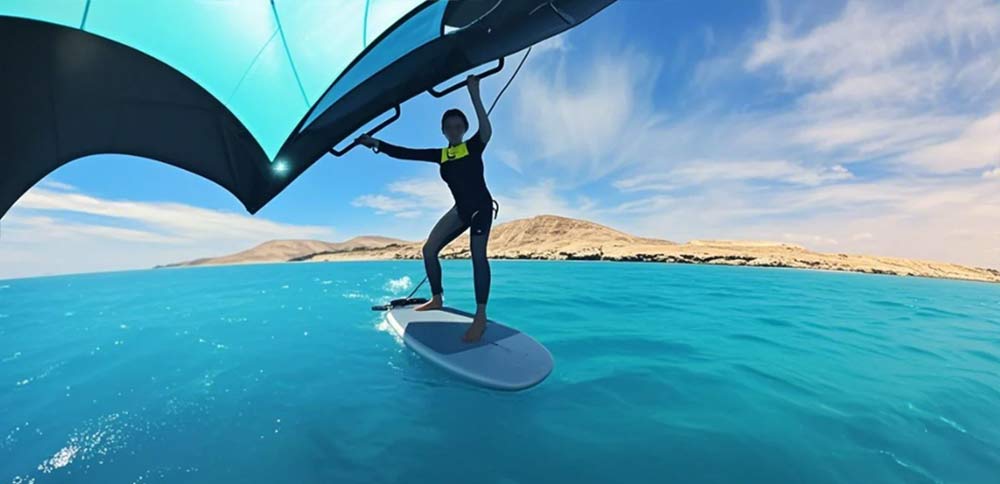
Final Thoughts: Your Foiling Jibe Journey Starts Now
Mastering the foiling jibe takes patience, practice, and the right approach, but the payoff is worth it. Start with the steps outlined here, tweak your gear, and hit the water with purpose. Avoid the common mistakes, lean into the drills, and adapt to whatever conditions come your way. Before long, you’ll be carving downwind turns with confidence, leaving the water-start days behind.
So, grab your wing, tune your foil, and get out there. The perfect foiling jibe is waiting—go claim it! For more wing foiling hydrofoils, welcome to contact us.


